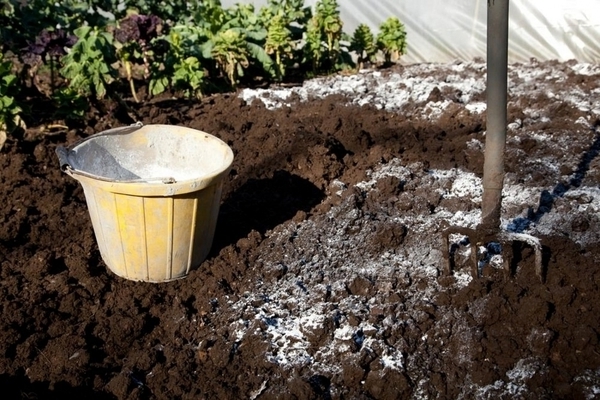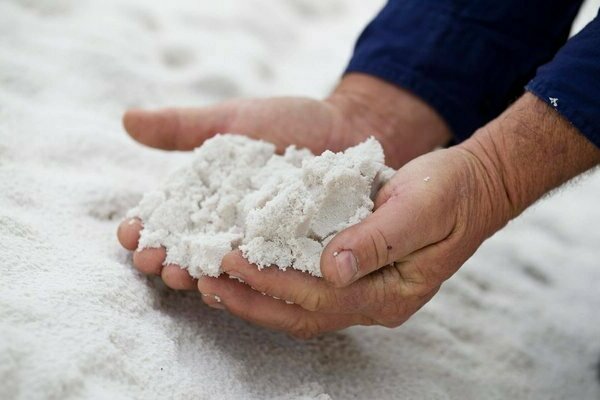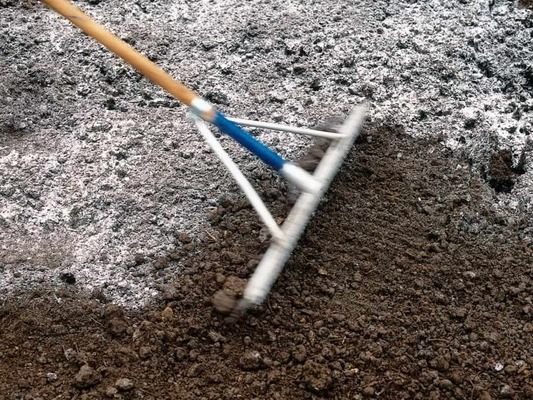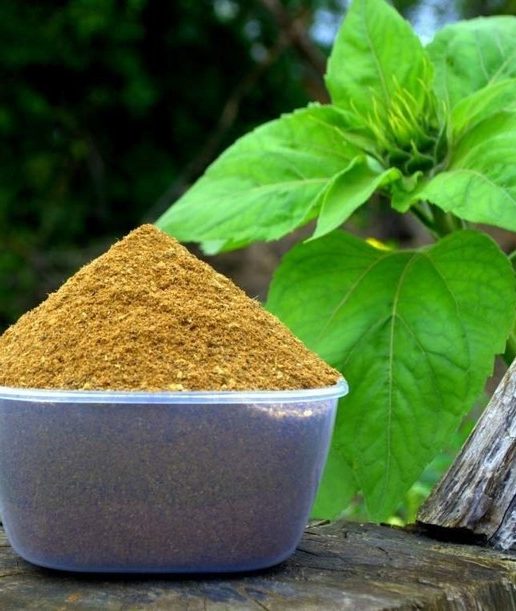Dolomite flour - application when to apply
Content:
It's no secret that the soil is different everywhere, it differs in composition, the amount of nutrients in it and the level of acidity. Different crops differ in their requirements for soil quality. But everyone agrees on one thing - in too acidic soil, they do not grow very willingly and you should not expect a big harvest. And then dolomite flour comes to the aid of gardeners.
What is the "deoxidization" of the soil

Dolomite flour in horticulture: photo
Why and how is the increase in soil acidity? This happens when hydrogen ions displace calcium. To restore the balance, you need to replenish the amount of calcium and equal it with hydrogen. To do this, various compounds are added to the soil, including fluff lime (slaked lime).
This is a rather potent tool for neutralizing the soil, but it is better to use it not on the eve of planting, but in advance, in the fall. Since some time after the application of fluffy lime, it is difficult for plants to assimilate the phosphorus they need from the ground.
Also, wood ash can be used to lower the acidity. Moreover, the properties of ash directly depend on the type of wood. That is why it is not easy to calculate the amount of a substance required to be applied to the soil.
And one of the most effective additives for lowering acidity is dolomite flour. Since it is an environmentally friendly fertilizer that, at a very low cost, improves the condition of the soil, even over a large area.
Dolomite flour: application and composition

Dolomite flour: photo
Dolomite is a rock. Dolomite flour is obtained by crushing and grinding this rock. Due to the presence of not only calcium, but also magnesium in the rock, this substance is more effective than others. Therefore, "dolomite" has become a universal additive for all types of soils (light, medium, heavy) of varying degrees of acidity. It increases the amount of magnesium in light soils, has a beneficial effect on the soil structure of heavy soils.
The calcium contained in dolomite flour ensures active root growth, protecting them from various types of rot. Dolomite flour is used for planting crops that are not suitable for acidic soil. Depending on the degree of acidity and severity of the soil, it is necessary to apply from 250-300 grams per square meter to light and slightly acidic soil. And 600-700 grams per square meter - in heavy and highly acidic soil. Another advantage of dolomite flour is that it can be applied just before planting, rather than beforehand.
What else is "dolomite" useful?

Dolomite flour in horticulture: photo
In addition to its low cost and a champion title in soil “deoxidation”, dolomite flour has other useful properties. Magnesium, which is part of it, regulates the process of photosynthesis. As a result, your plants will become stronger and healthier, and some crops will bloom longer. Also, calcium and magnesium contribute to the active growth of roots, foliage and accelerate the ripening of fruits.
In addition, dolomite flour helps plants to better absorb phosphorus fertilizers. But only phosphorus, it is better not to mix it with others, but to alternate.
And finely ground dolomite flour has the property of destroying the shells of harmful insects. To do this, in the fall, you need to dig up the earth with flour. And during the summer, powder her foliage and stems. Thus, you can get rid of pests that encroach on your plantings. And moreover, it is completely safe for humans (in contrast to the use of chemical insecticides).
If you haven't applied dolomite flour on your site yet, I highly recommend giving it a try. It will bring undeniable benefits and ensure you a good harvest.




